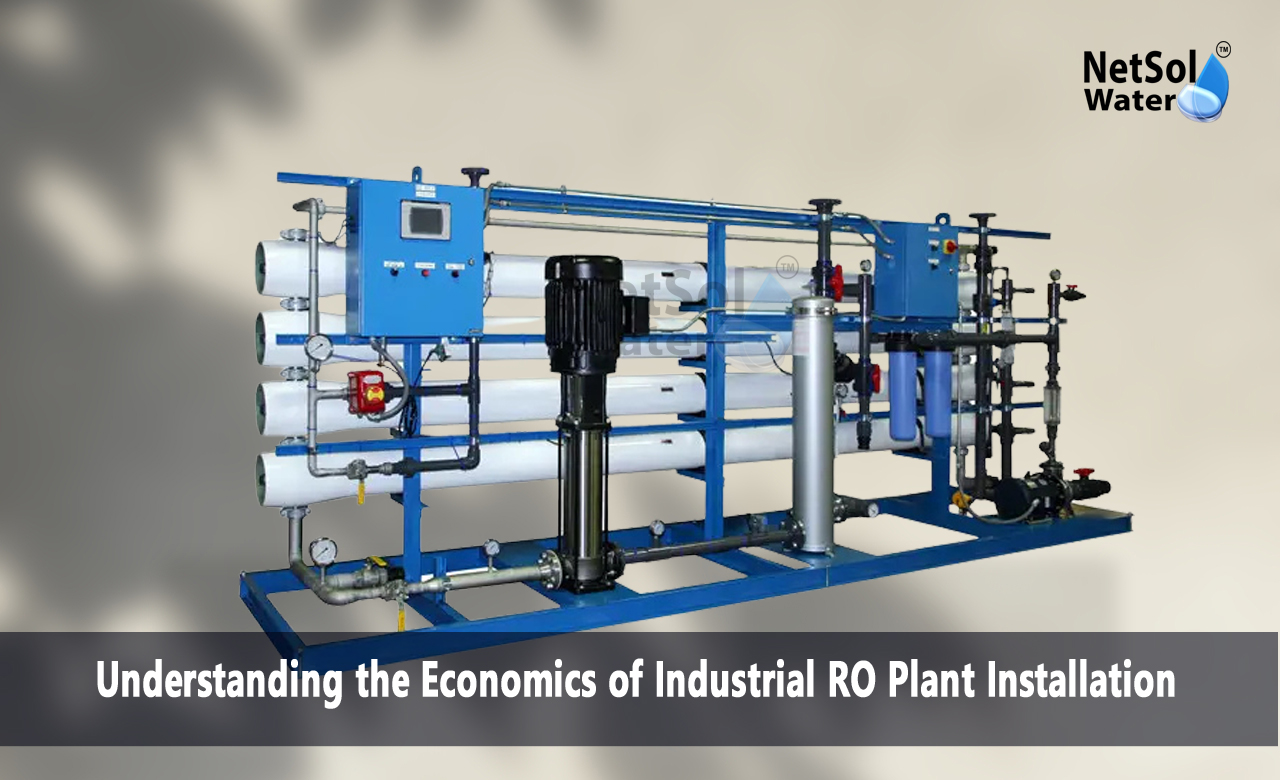Understanding the Economics of Industrial RO Plant Installation
Economics is an important part of any field and it does apply to the water treatment industry as well. However, in relation to the implementation of industrial RO plant, the economics of the system plays a key role in identifying whether it will be financially profitable or not, including its Return on Investment (ROI). We will discuss the various aspects of the economic consideration that goes into having installation of an industrial RO plant, these aspects will include; cost of the RO plant, efficiency, cost of maintenance and operation, and importantly, the benefits and advantages of the RO plant.
1. Initial Investment Cost
A primary element of any industrial RO plant is its first required investment capital outlay. These costs include the cost of several factors such as the reverse osmosis equipment, the membrane modules, the pumps, the pre- and post-treatment equipment and components, the piping and the electrical systems. Such cost can however fluctuate depending on the size of the plant, the design in particular and the purpose for which it is intended for. Specific aspects that may influence the cost of the integrated system include its source of water, water quality and the required level of purification.
2. Operation and Maintenance
Besides the capital cost, the sub-cost mainly includes the operation and maintenance cost (OMC) of the industrial RO plant. The various cost related to membrane operation include the manpower costs, power consumption, membrane replacement cost, chemical costs and cost of repair among others. One of the most important factors is energy intensity because RO plants need intensive electricity for their pumps and other equipment. Moreover, membrane replacement is another recurring cost that should be taken into account, because the membranes of the RO plants are not everlasting and shall be replaced in due course.
3. Efficiency
There is much concern about the efficiency of the industrial RO plant as efficiency determines economics of the plant. An effectively designed system also reduces the cost of operating the chemical processes in terms of energy and chemical consumption and also minimize on frequency of membrane replacement. Several of the aspects that can affect a system’s efficiency include the system design, system components quality, and operation and maintenance of the system. It is noted that high efficiency RO plants allow providing significant economic effect in the long term that will be appealing for the businesses that pursue high ROI.
4. Water Quality and Purity
This is because certain quality and purity of water output will obviously have a direct effect in determining the economy of an industrial RO plant. The application of a high quality water product means that there is no need for further treatment or filtration work downstream, which saves costs. Furthermore, the purity of water can be a very significant factor in the plant efficiency as low purified water generate more fouling and scaling impacts on the plant performance .
5. Cross-cutting Issues, Law & Regulation and Sustainability.
Another factor which influences economic feasibility of an industrial RO plant is regulatory compliance issue. Some of such requirements can be permits, monitoring and reporting, as well as restrictions to disposal of wastes or concentrate streams. The cost of meeting such requirements can therefore range from one level to another depending on the regulatory standards the plant is to meet and design of the plant in questions. Also, the regulatory and physical characteristics of the plant, such as energy intensity and emission contribution, can drive the plant’s economics. As sustainability becomes a topic of interest in the most enterprises are in search of ways to reduce their adverse impacts to the environment and thus may look at the sustainable aspect of the RO plant as among the factors that make up the total cost of the investment.
6. Benefits and Advantages
The cost analysis of an industrial RO plant may be quite complicated, but the positive outcomes and the strengths of using such a system are many. These are enhanced water quality to meet the required standards demonstrated by the decreased use of resources including chemicals, energy and water use and minimized negative effects on the environment. Also, implementation of the industrial RO plant is advantageous in case local regulations concern water usage; the plant will help protect the workers and company’s image. Moreover, a well laid down and efficient RO plant produces extreme benefits hence would go a long way in the longer run in terms of cost influence a wise business decision.
Conclusion
Key factors that firms must be aware of in regard to the economics of installing an industrial RO plant are highlighted below. Due to these reasons, the cost benefit analysis of an industrial RO plant may differ depending on aspects like size, design , efficiency and legal standards of the particular plant. Thus, it is possible to improve a decision concerning own openings of an industrial RO plant or other businesses, having estimated the factors, which were discussed in the given article and to receive the maximum of the return on investment. Thus, various advantages can be derived out of industrial RO plants that have been implemented in a proper manner and good design, these are improved water quality, utilization of scarce resources and minimizing the environmental impacts in the long run which makes it a worthy investment for businesses.
Netsol Water is Greater Noida-based leading water & wastewater treatment plant manufacturer. We are industry's most demanding company based on client review and work quality. We are known as best commercial RO plant manufacturers, industrial RO plant manufacturer, sewage treatment plant manufacturer, Water Softener Plant Manufacturers and effluent treatment plant manufacturers. Apart from this 24x7 customer support is our USP. Call on +91-9650608473, or write us at enquiry@netsolwater.com for any support, inquiry or product-purchase related query.



